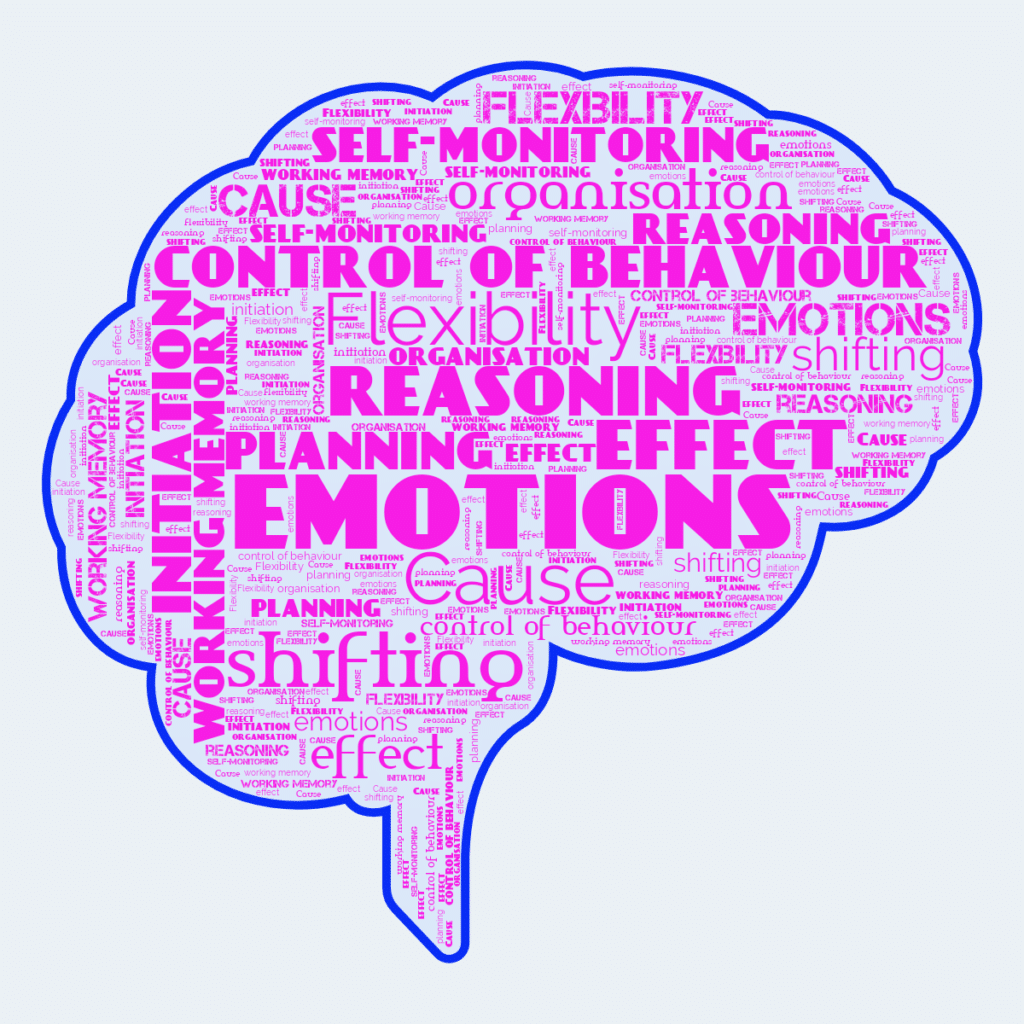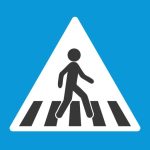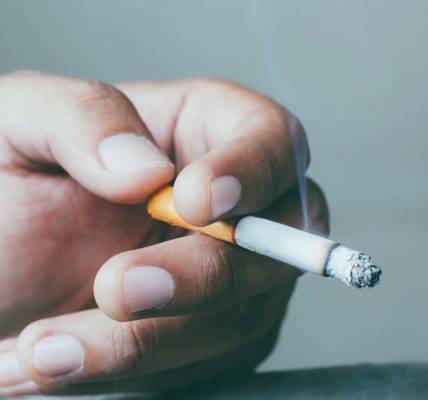Self-Regulation Improvement From ADHD to Google DeepMind

In our previous post on AddictionNews, we looked at the relationship between urge suppression and disorders including alcohol use disorder (AUD) and obsessive-compulsive disorder (OCD). Brain scans indicate a level of hyperactivity in people with OCD and the scientific literature bears out a connection between impulsivity and AUD.
Interestingly, most of the literature on strengthening self-regulation comes from pediatrics. Maybe some of the same techniques used to deal with attention-deficit/hyperactivity disorder (ADHD) — the most commonly diagnosed psychiatric condition among children — will help chart a pathway for people suffering from substance use disorders?
A systematic review of the literature on the technology of self-regulation improvement found dozens of papers examining everything from wearable computers to virtual reality, and consolidated their results into encouraging news for children suffering from ADHD. Among the paper’s findings:
- A major source of ADHD in children is stress, including poverty and the environmental stress of growing up insecure.
- Experiencing ADHD adds to the stress that children already feel.
- “ADHD children may be more vulnerable to stress, pressure, and fatigue than their neurotypical peers.”
- Children with ADHD have higher rates of behavior perceived as aggressive or rule-breaking.
- Half of children with ADHD show symptoms of anxiety disorders and depression.
Success in improving self-regulation in children with ADHD has been found with a technique known as “reward scaffolding,” using praise, encouragement, and redirection to help maintain attention on task. Studies show that success in self-regulation leads to confidence, satisfaction, and further success, cumulating in improved self-esteem for the child and improved social relations with family and peers.
Technological innovations, such as sensors, reminders and apps, can keep children with ADHD more focused “by providing opportunities to practice behaviors and receive feedback in a safe environment,” according to the authors.
In a fascinating study of using social gaming to increase group cooperation conducted by Google DeepMind, 208 people were recruited to play a game “designed to encourage pro-sociality” with real monetary stakes, while a control group of 176 people also played for monetary stakes but without the pro-social architecture. According to the study results,
Under the social planner, groups finished the game with an average cooperation rate of 77.7%, compared with 42.8% in static networks.
The “social planner” is basically the algorithm that guides the reward structure of the game. The researchers’ goal is to “construct a social planner with deep learning that maximizes cooperation among human participants in a network cooperation game.” The game uses financial incentives to embed cooperative thinking in the way players approach situations. A similar game with real-world advantages for those who curb addictive behaviors could be a wonderful combination of game theory and addiction recovery.
Social media has a tendency to divide people into groups of either cooperators or defectors, according to the designers of this study. They looked for ways to increase cooperation among players and decrease defectors. They use a technique called “assortative mixing” to “prevent antisocial contagion from corrupting altruistic behaviour by partitioning cooperators from defectors.”
Repeated simulations are used to rapidly discover methods that increase cooperation and reduce defection. Eventually, the social planner is able to sustain high levels of cooperation among the human players of the game. Google DeepMind then conducts simulations with simulated human groups to further accelerate the social planner.
All groups start with a cooperation rate of 69.5%. Due to “the tragedy of the commons,” cooperation levels deteriorate to 42.8% at the end of the game. Groups using the social planner, however, steadily increase cooperation to a rate of 77.7% by the end of the game. The social planner groups achieve “high levels of capital” and “minimal inequality.”
The social planner does this in part by breaking connections between defectors and preventing defectors from clustering. The social planner starts the game by being conciliatory to defectors but eventually hardens the longer they hold out. The social planner was then tested for a second round with 224 human participants:
A follow-up study with human groups validates the effectiveness of the conciliatory approach we observe from the planner. The encouragement planner significantly improves group cooperation levels over the course of the game.
This result suggests the possibility of gamifying addiction recovery with monetary rewards for taking medication, attending therapy, and passing drug screens, which should lead to a strengthening cooperation with treatment, an increased percentage of verifiably clean patients, an increase in self-esteem, and a set of tools for dealing better with setbacks and relapses.
Written by Steve O’Keefe. First published August 8, 2024.
Sources:
“The potential for emerging technologies to support self-regulation in children with ADHD: A literature review,” International Journal of Child-Computer Interaction, March 2022.
“Scaffolding cooperation in human groups with deep reinforcement learning,” Nature Human Behaviour, September 2023.
Image Copyright: WordCloud.app, used under Creative Commons license.




